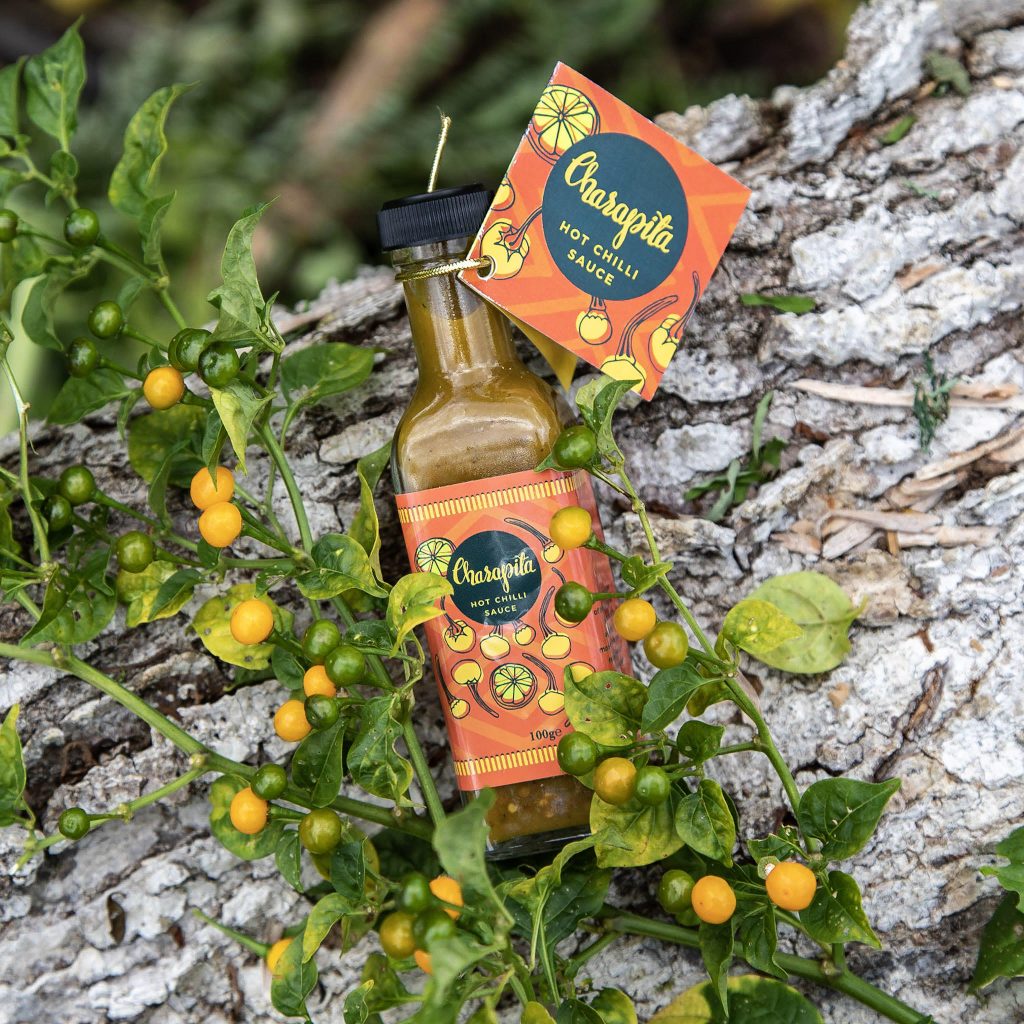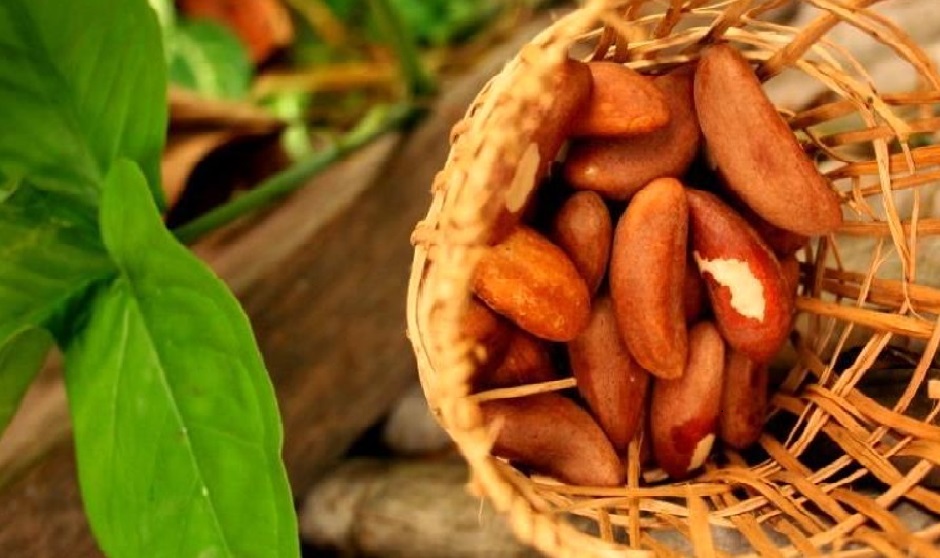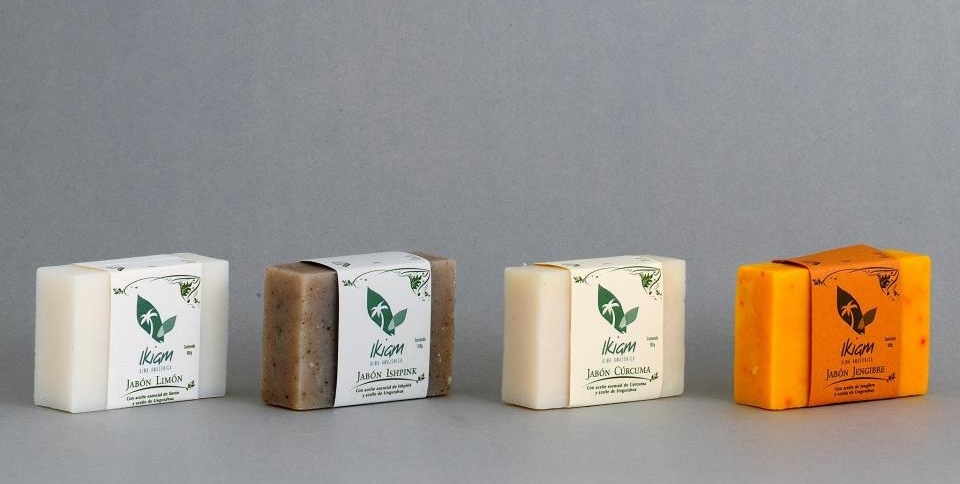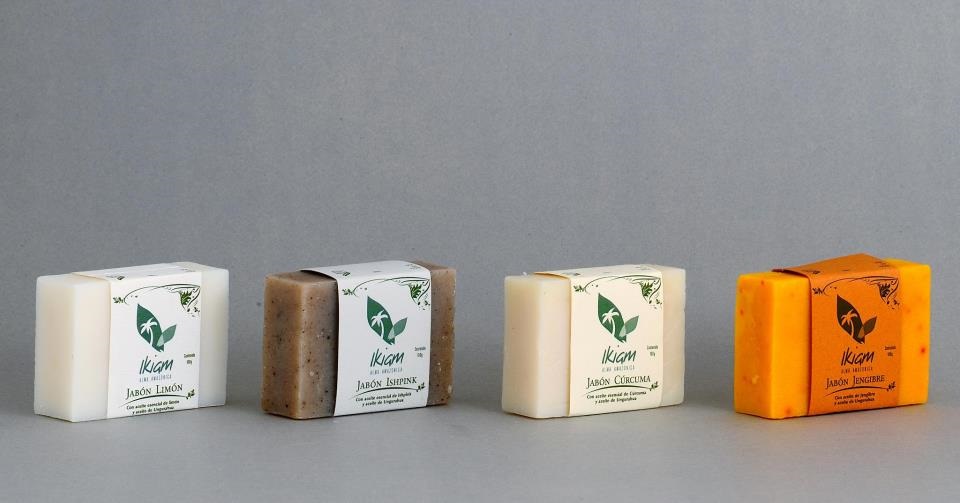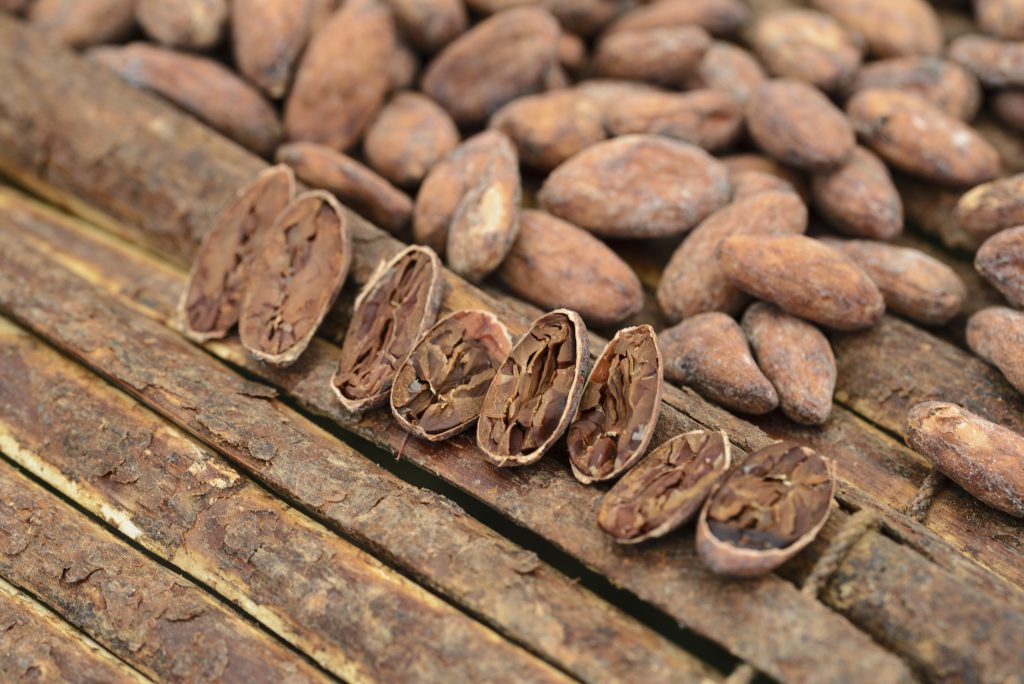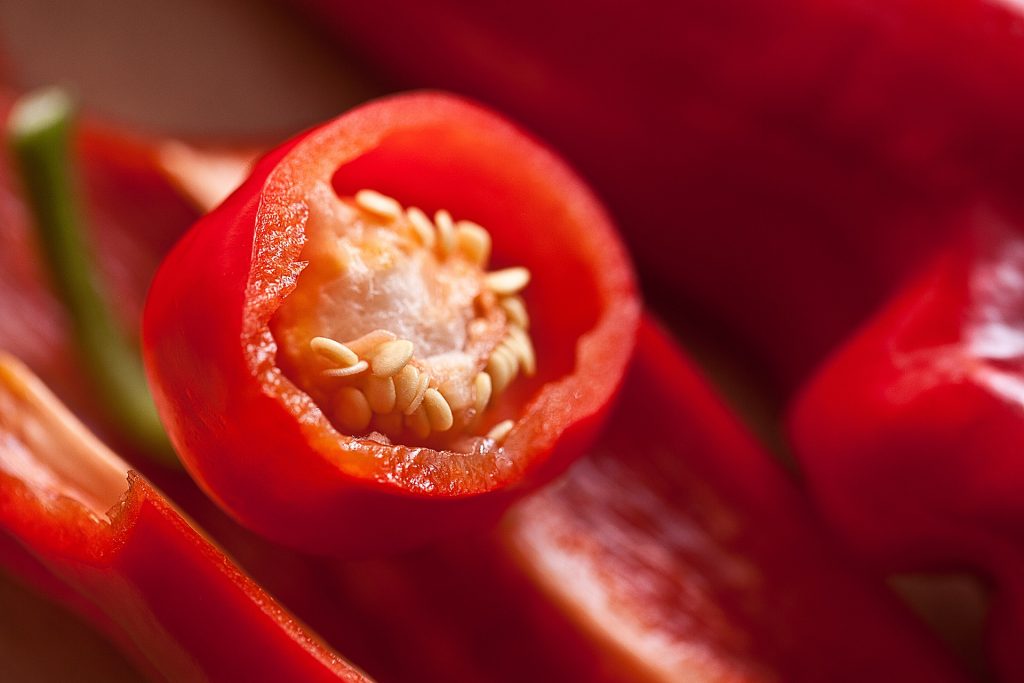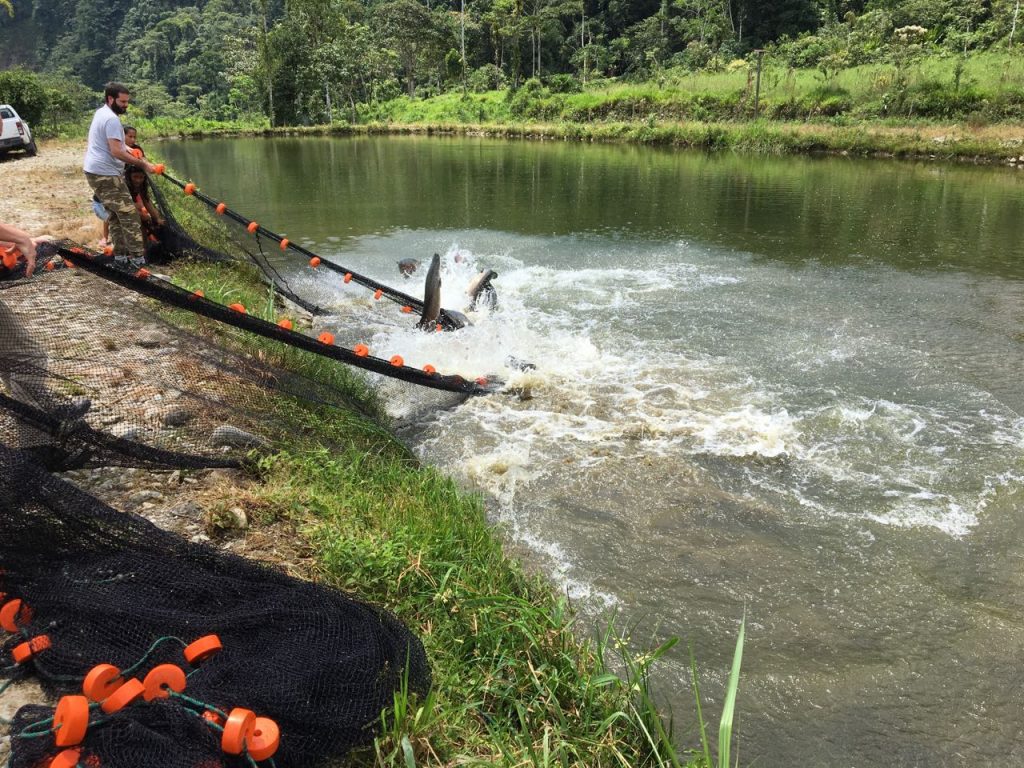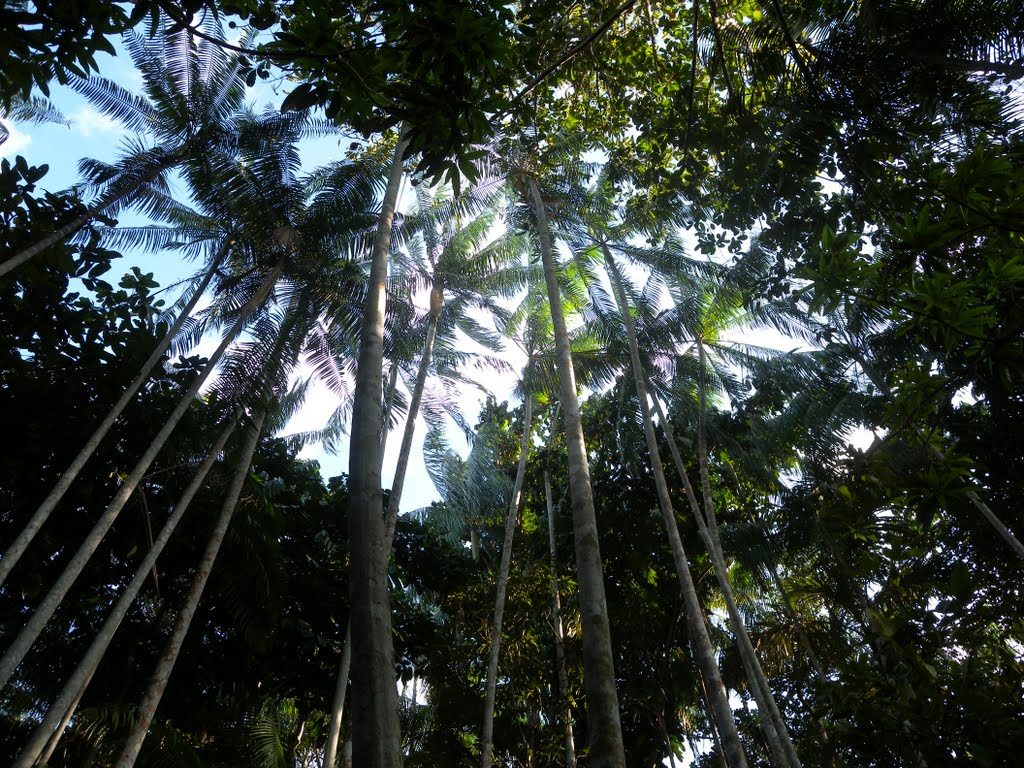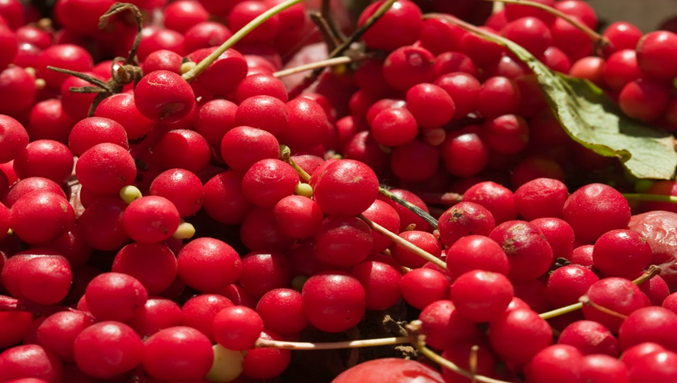By Virginia Cross A traditional chilli pepper found on tables across the Peruvian Amazon is on its way to the U.K, thanks to the English non-profit Plant Your Future. Spicing up dishes with some of this Amazon heat connects straight back to farmers working to restore the rainforest. This tiny pepper, known as ají charapita, […]
Can a tiny hot pepper help save the Amazon?
